A passive infrared (PIR) sensor (Fig. 5) is an electronic sensor that measures infrared (IR) light radiating from objects in its field of view. They’re most frequently utilized in PIR-based motion detectors. PIR sensors are commonly utilized in security alarms and automatic lighting applications.
This is a simple-to-use Arduino motion sensor. Power it up and wait 1-2 seconds for the sensor to get a snapshot of the still room. If anything moves after that period, the ‘alarm’ pin will go low. This sensor checks for infrared heat in its detecting angle. The human, pets, and several other things emit energy that the sensor is looking for. It compares with the snapshot, and if there is a recent change, it triggers.
Get on with your Home alarm security audit gear and experiment with this sensor to get a better undeunderstandings efficiency and working method. Infrared motion detectors are common all around the world for many different appliances. It’s great for an Arduino or home automation project that requires automated motion feedback. Commonly found on automatic trigger light systems, where lights are ON when someone is in range and OFF when no one is around. Save power or trigger other actuators like a door opener or pet feeder.
The delay of sensing is adjustable via the potentiometer on the back of the sensor. To ease the difficulty of using this sensor, a GravityInterface is adapted to allow plug and play. The IO expansion shield is the best match for this sound sensor connecting to your Arduino as this sensor can work at 3.3V, which makes it compatible with Raspberry Pi, Intel Edison, joule, and Curie.

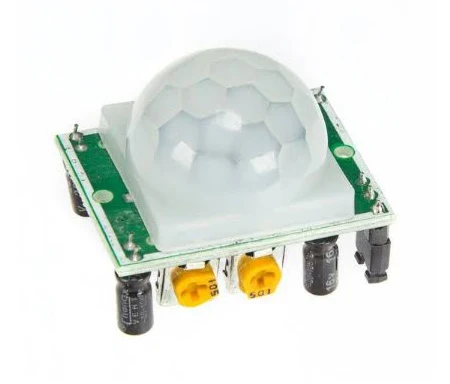
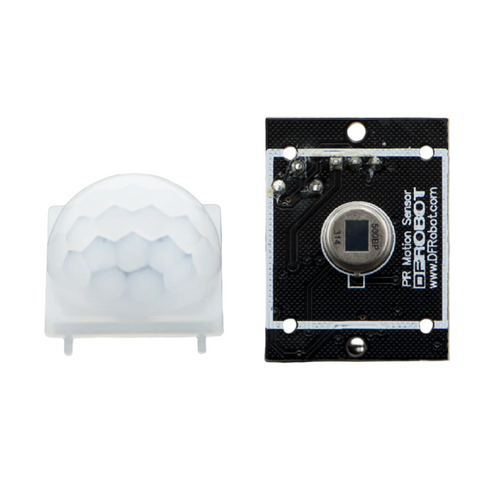
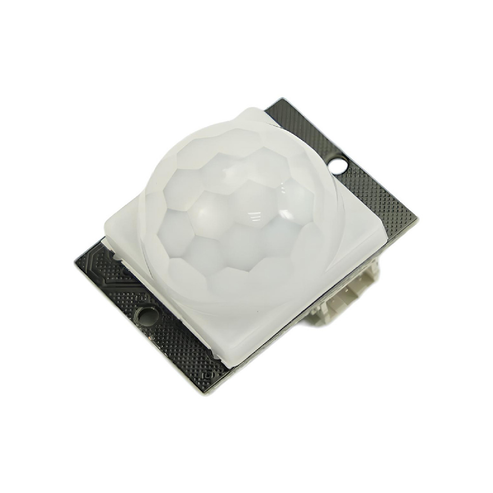
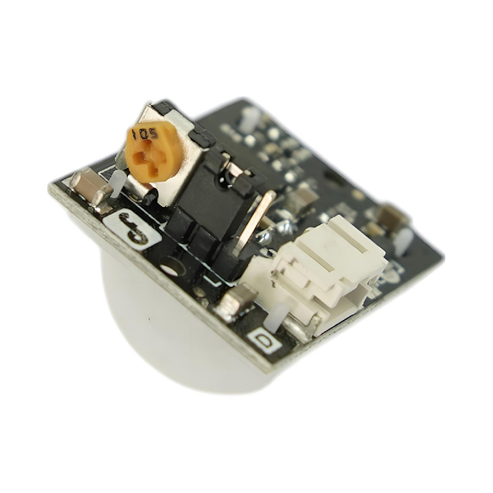
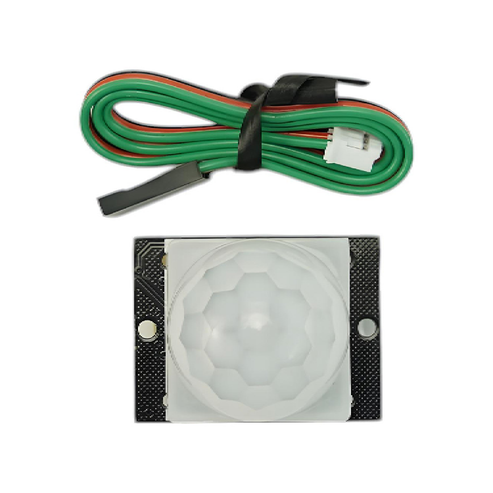
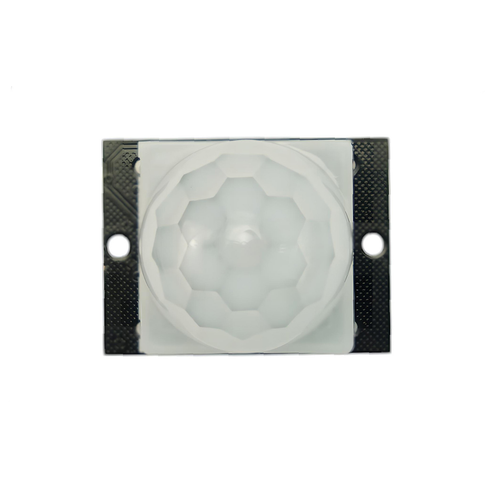
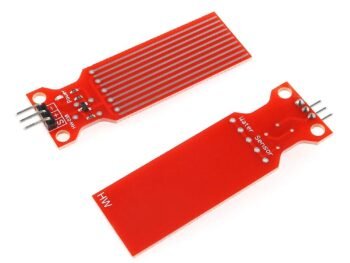


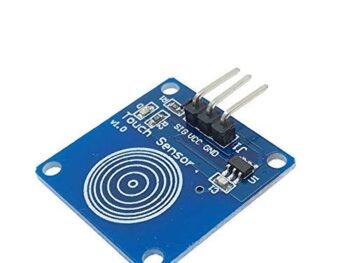
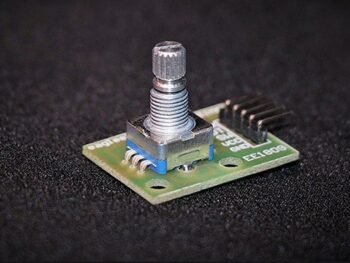
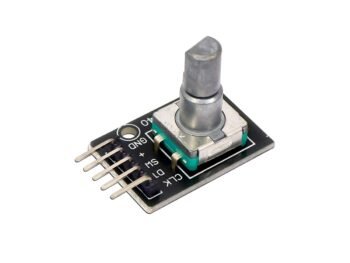

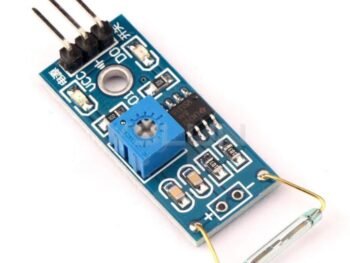




There are no reviews yet.